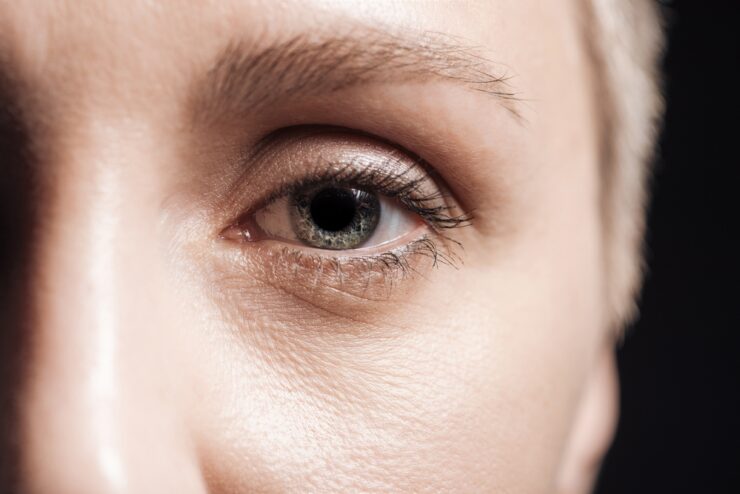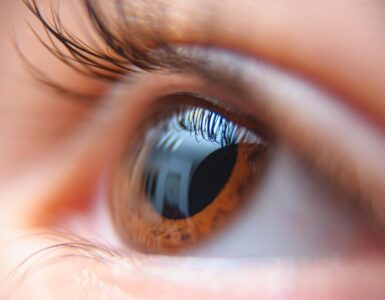Eyelid surgery, also known as blepharoplasty, is a cosmetic technique that repairs drooping eyelids. The treatment may involve removing excess fat, muscle, and skin or repositioning eyelid tissues. Eyelid surgery is primarily a cosmetic procedure but can also improve sight if your sagging upper eyelids obstruct your vision. As you age, your eyelids stretch, and the muscles supporting them become weak, resulting in excess skin and fat gathering in your eyelids. Scarsdale eyelid surgery lifts your eyelids, gives you a younger look, improves peripheral vision, and reduces bags under your eyes. Your surgeon can combine blepharoplasty with laser resurfacing or brow lifts to improve your facial appearance.
How do you prepare for eyelid surgery?
Ensure you tell your specialist any medications or supplements you might be taking. You may have to stop taking blood thinners like aspirin to reduce the risk of blood clots. Tell your surgeon if you have diabetes, cardiovascular diseases, high blood pressure, or eye conditions like glaucoma. Prepare for someone to drive you home after the surgery. If you smoke, your specialist will recommend you stop the habit several days before the surgery.
Procedure for eyelid surgery
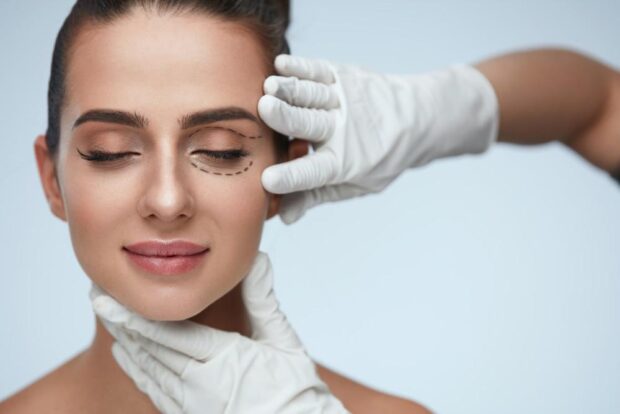
You can have eyelid surgery under local anesthetic with sedation or general anesthetic. If the surgery involves the upper and lower eyelids, the entire procedure may take two hours. If your surgery involves all the eyelids, your specialist will work on your upper eyelids first. Upper eyelid surgery involves your surgeon making a cut along the natural lines of your eyelids and removing excess skin, fat or muscle. The surgeon then closes the incisions with small stitches, which stay three to six days.
Lower eyelid surgery may involve one of several procedures. One technique involves your surgeon cutting your lower eyelid to remove fat, and the incision will not be visible. Another method involves your surgeon cutting along the eyelash margin to remove excess skin, loose muscle, and fat. The incision line fades after a short period. The lower eyelids may not need stitches.
What happens after eyelid surgery?
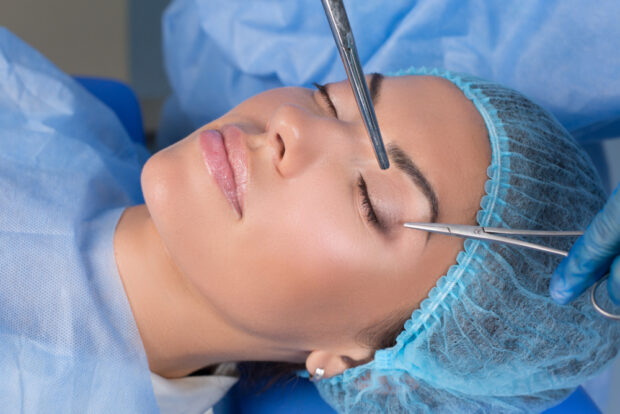
After the eyelid surgery, your specialist will put ointment in your eyes to keep them moist and place cold compressors on them while you are in the recovery room. The ointment may make you have blurry vision and be sensitive to light. Your eyes can feel dry or watery. Ensure you have someone to take you home and stay with you the first night after eyelid surgery. Your surgeon may instruct you to sleep with your head raised the first night after surgery. You may also use ice packs on your eyes for a few days.
How is the recovery after eyelid surgery?
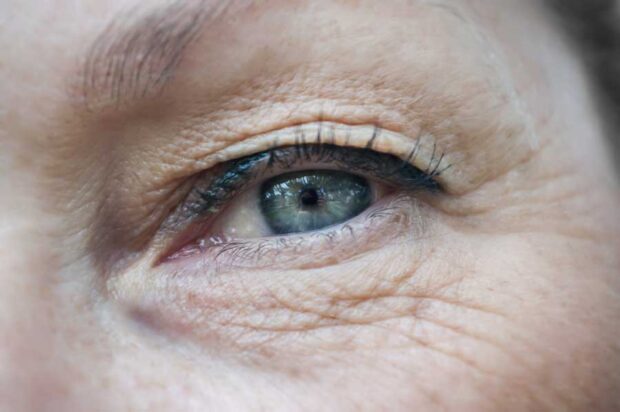
After eyelid surgery, you may have swelling and bruising on your eyelids which is normal, but the effects should fade within a week or two. Contact your specialist immediately if you experience bleeding, infection, loss of vision, the abnormal coloring of your eyelids, and inability to fully close your eyes.
Eyelid surgery is a cosmetic treatment that repairs drooping eyelids by removing excess skin, fat, and muscles. It also improves your sight if your drooping eyelids obstruct your vision. Schedule an appointment with Robert M. Schwarcz, MD, for eyelid surgery to repair your sagging eyelids.

